
About Andrew Cusack
 Writer, web designer, etc.; born in New York; educated in Argentina, Scotland, and South Africa; now based in London.
Writer, web designer, etc.; born in New York; educated in Argentina, Scotland, and South Africa; now based in London. read more
News
Blogs
Reviews & Periodicals
Arts & Design
World
France
Mitteleuropa
Knickerbockers
Argentina
The Levant
Africa
Cape of Good Hope
Netherlands
Scandinavia
Québec
India
Muscovy
Germany
Academica
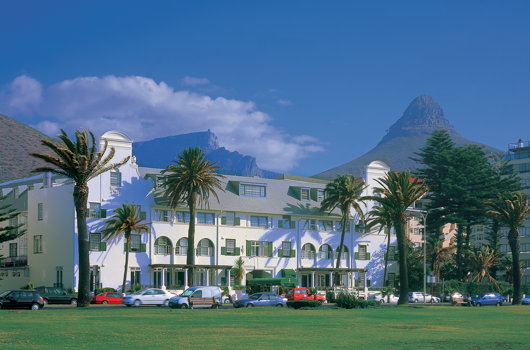
Winchester Mansions
STARING ACROSS Sea Point Promenade towards the waters of the Atlantic in Cape Town, there sits Winchester Mansions. The hotel was built in 1922 in a style emblematic of the period’s revival of interest in the Dutch colonial age at the Cape. People often associate the 1920s with Art Deco, but the style was only just emerging in Paris at the time, and wasn’t even called ‘Art Deco’ until the 1960s. The ‘mother city’ has its fair share of Art-Deco and Moderne buildings, but architectural trends took a while to arrive in South Africa — though they tended to last longer then elsewhere. The Cape Dutch Revival emerged in the 1890s and perhaps reached its high-water mark in the 1900s and 1910s. Curiously, it is not associated with the simultaneous emergence of Afrikaans as a language and the rising consciousness of Afrikaner identity, but rather with a very Anglo and colonialist mindset. It was Dorothea Fairbridge and Milner’s ‘Kindergarten’ — respectively the social and political forces seeking to unite all of South Africa under the British crown — that promoted the adoption of the Cape Dutch as a national style. Thus the years leading up to Union in 1910 and its initial decade or two were the heyday of the Cape Dutch Revival as it was the favoured boustyl for the respectable Cape- and Rand-based imperialists.
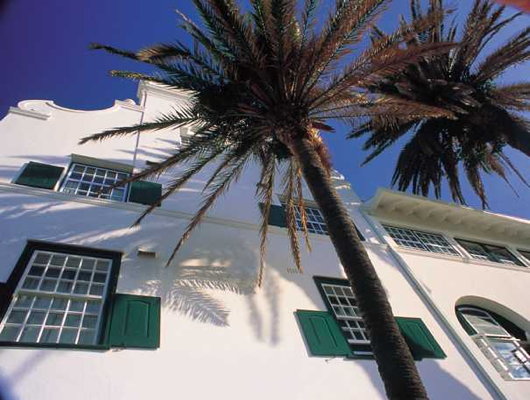
In some ways, this is a pity, since I suspect it is at least one of the subconscious reasons that the National Party during its near-half-century of power almost completely avoided any patronage or government support for the Cape Dutch style, except in the realms of preservation as a cultural artefact — and even on that count they sometimes failed. But the benefit is that the Cape Dutch Revival enjoyed prominence during the formative period of the Union of South Africa. Thus, we have buildings such as Winchester Mansions to enjoy.
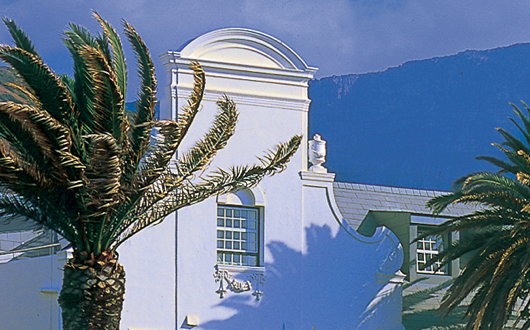
While I’m a fan of the building, it’s not actually an especially capable exercise in reviving this handsome old style. The Cape-Classical gables are fine in their details — the stucco work under the sill, for example — but somehow fail as a whole. It’s a pleasing but not especially gracious composition.
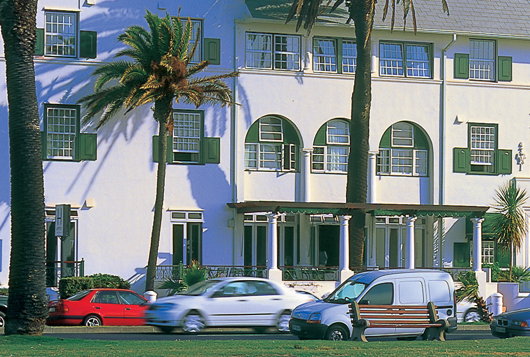
I think that aspect actually increases my fondness for Winchester Mansions. It is a commercial building, not a palace of state or a place of worship. Here we can afford a bit of laxness and perhaps put it down to comfort.
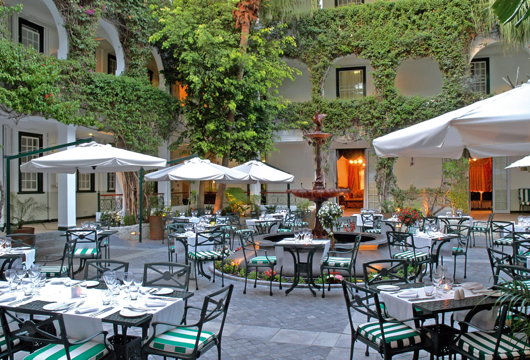
Harvey’s, the bar, is an excellent place for that most Cape-ly of all rituals, the sundowner. The openness of the promenade allows you a direct view of the sea, so you can enjoy your drink while watching the sun descend over the watery horizon of the South Atlantic. Architecturally speaking, however, my favourite part of Winchester Mansions is the splendid vine-clad courtyard.
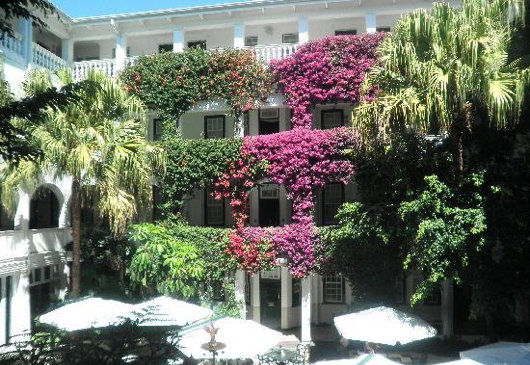
Search
Instagram: @andcusack
Click here for my Instagram photos.Most Recent Posts
- Faithful Shepherd of the Falklands April 8, 2025
- Articles of Note: 8 April 2025 April 8, 2025
- Proportionality Destroys Representation April 8, 2025
- Sag Harbor Cinema March 26, 2025
- Teutonic Takeover March 10, 2025
Most Recent Comments
Book Wishlist
Monthly Archives
Categories



Andrew …
Are those bliksem se Kaapies claiming sundowners as their own now? Jislaike! I do remember them being an integral part of life in the Rhodesias where sitting on the verandah at sunset and looking out at the magnificense of Africa — ladies with a Pimms No. 1 Cup and gentlemen with an ice-cold lager — was a luxurious routine.
Groete …
Am I alone to see a link between this article and the “errant thought” on Salazar Square ? Rather than other European examples, the Portugese views on “reactionary modernism” in architecture seems to have influenced the cultural, and especially architectural, codes of the “Nattes”.
FJ